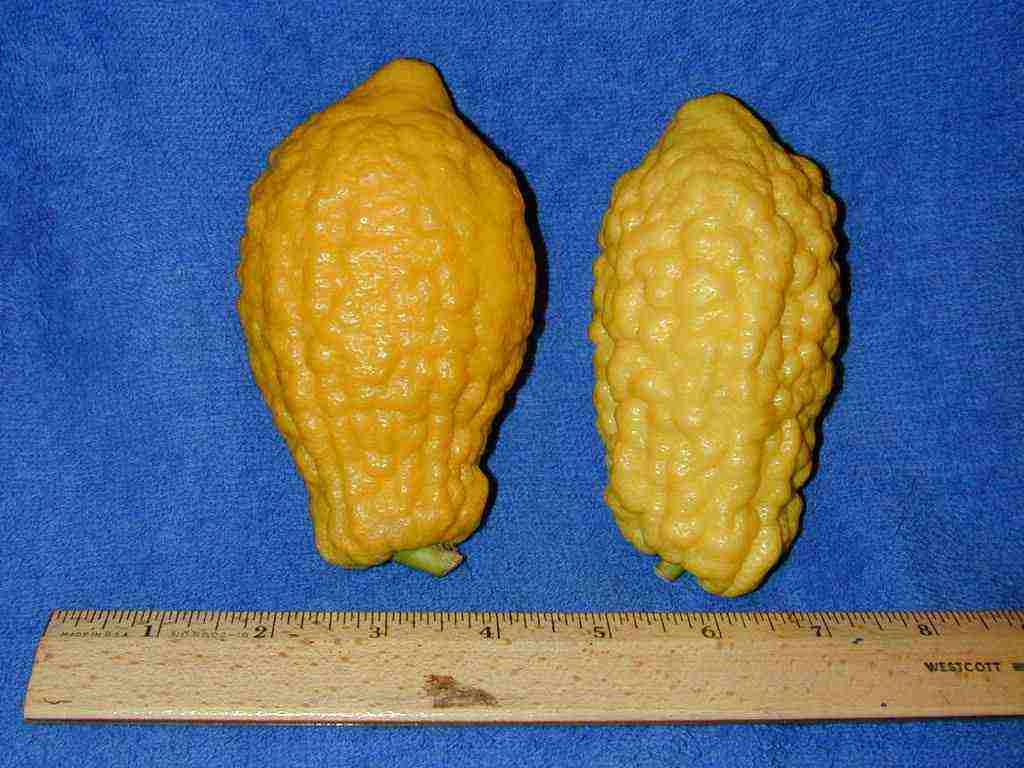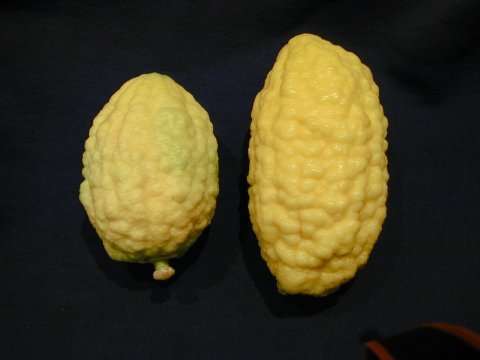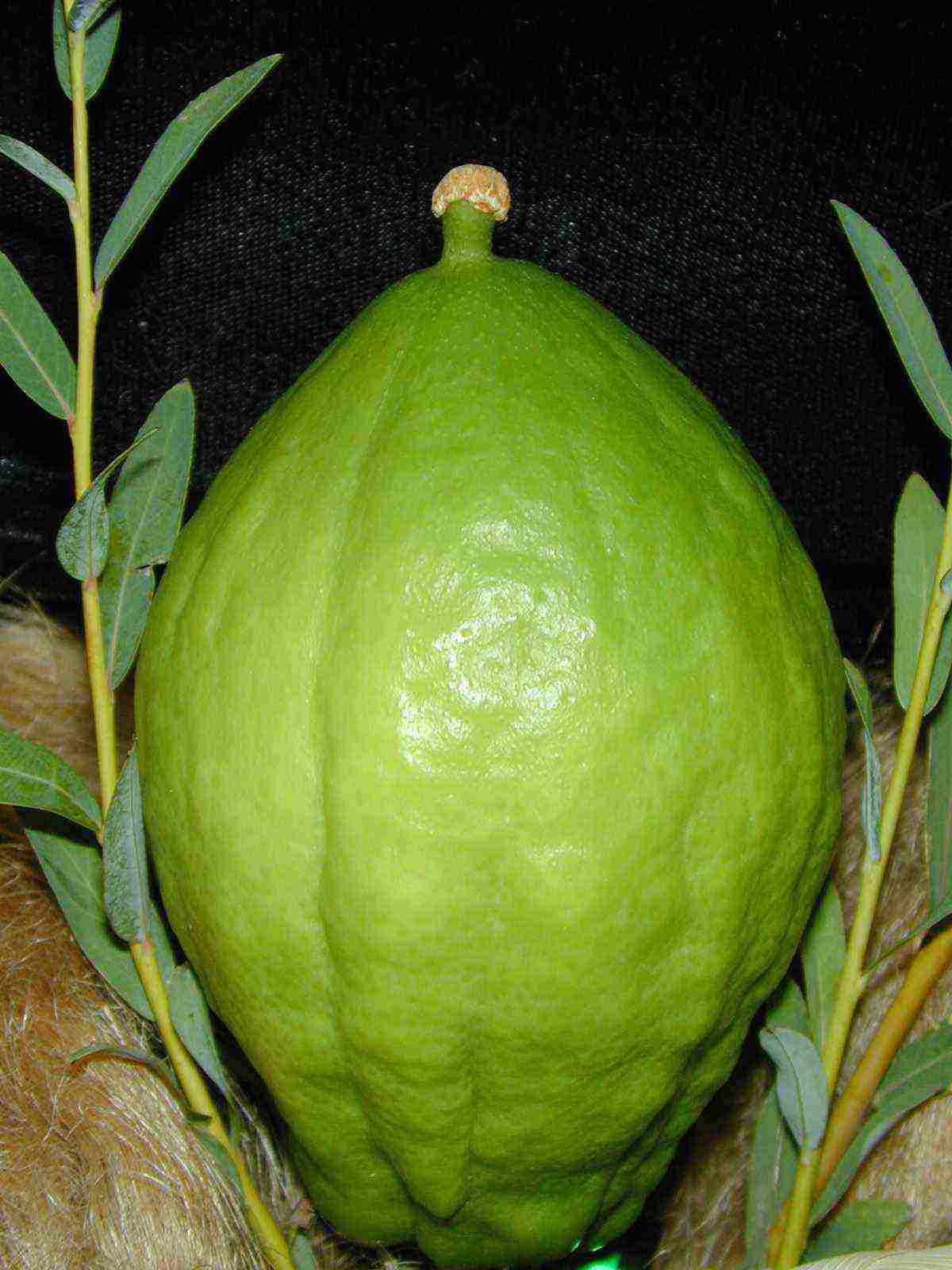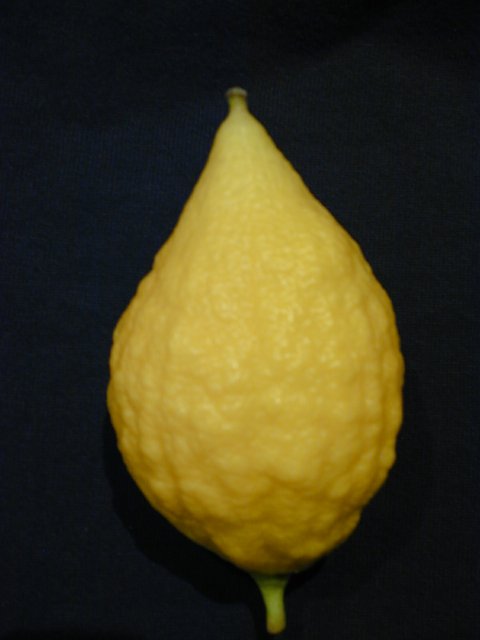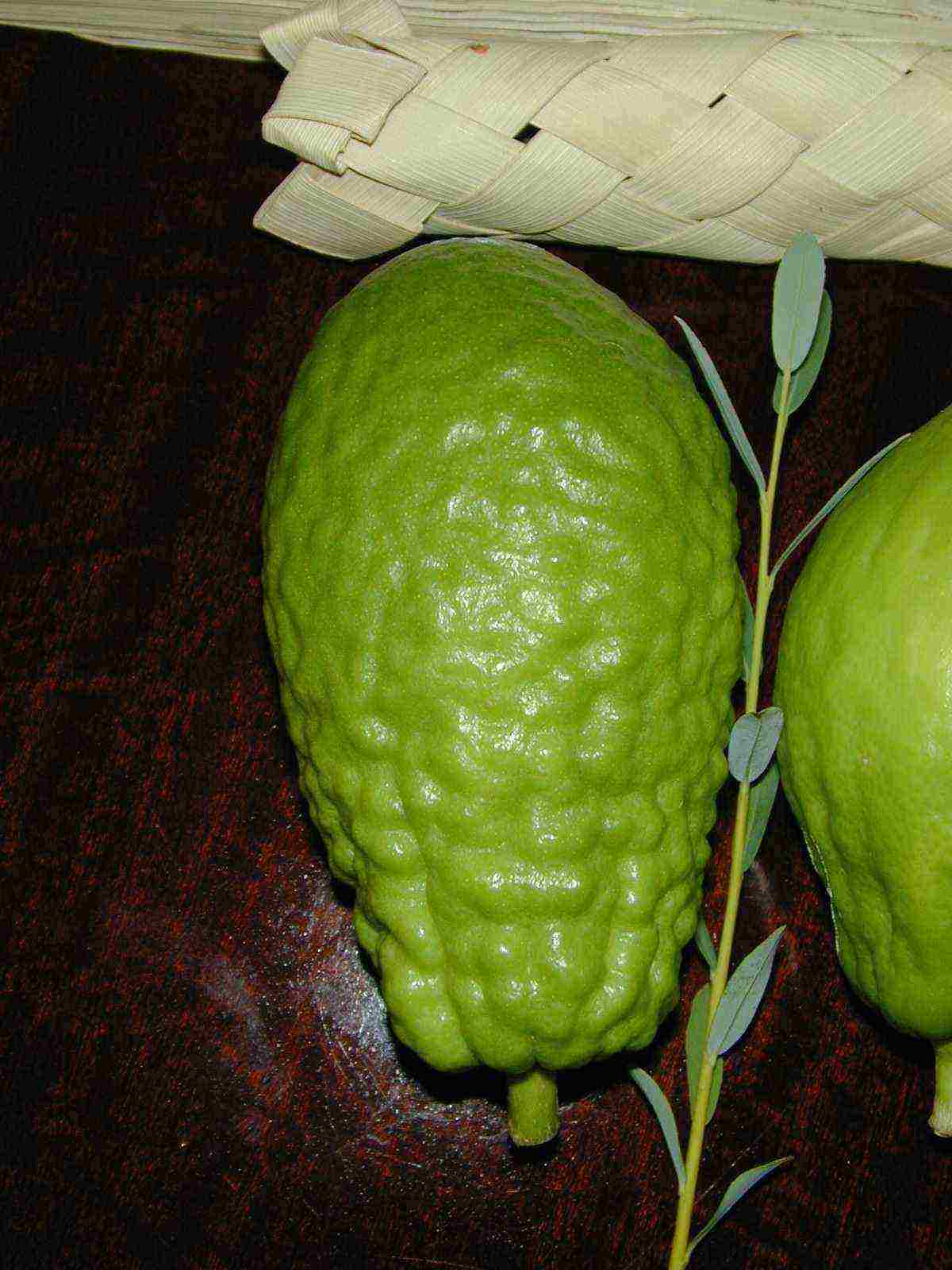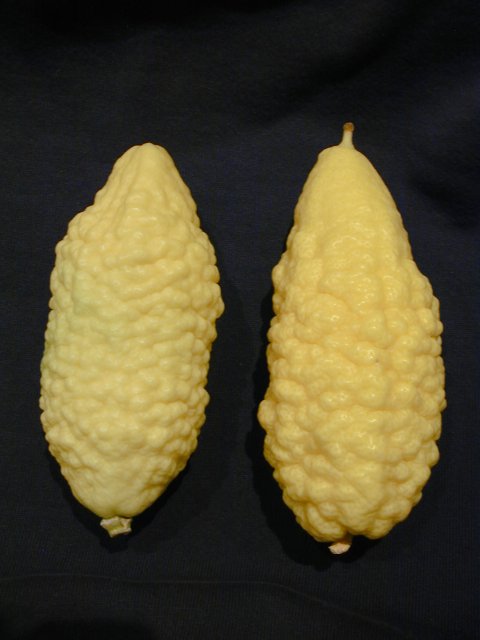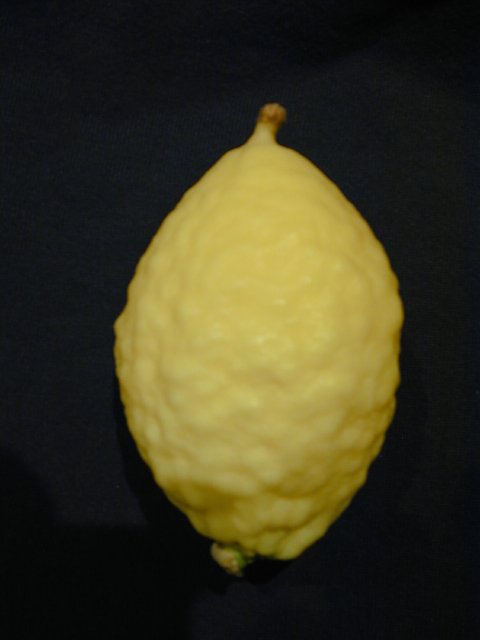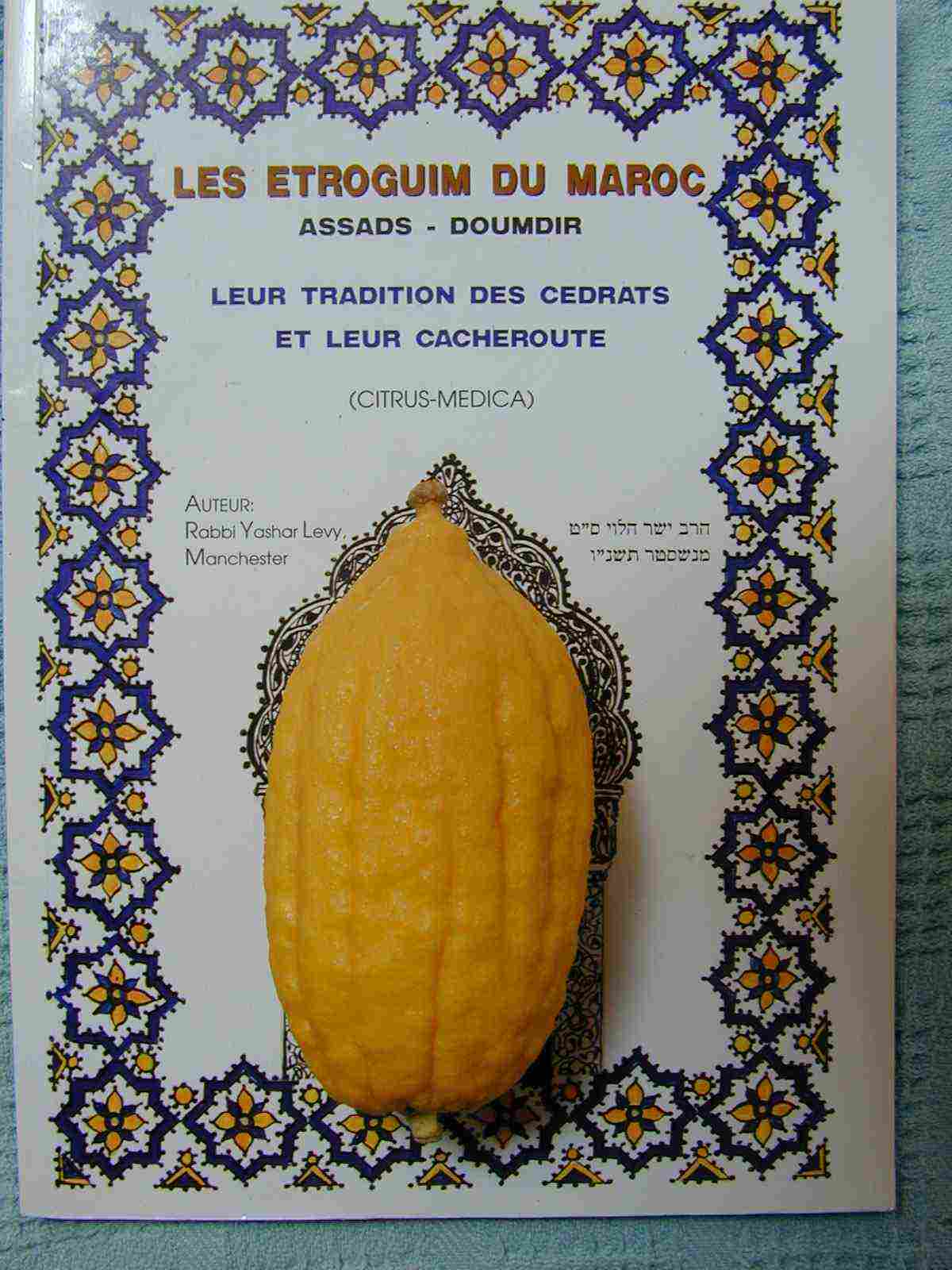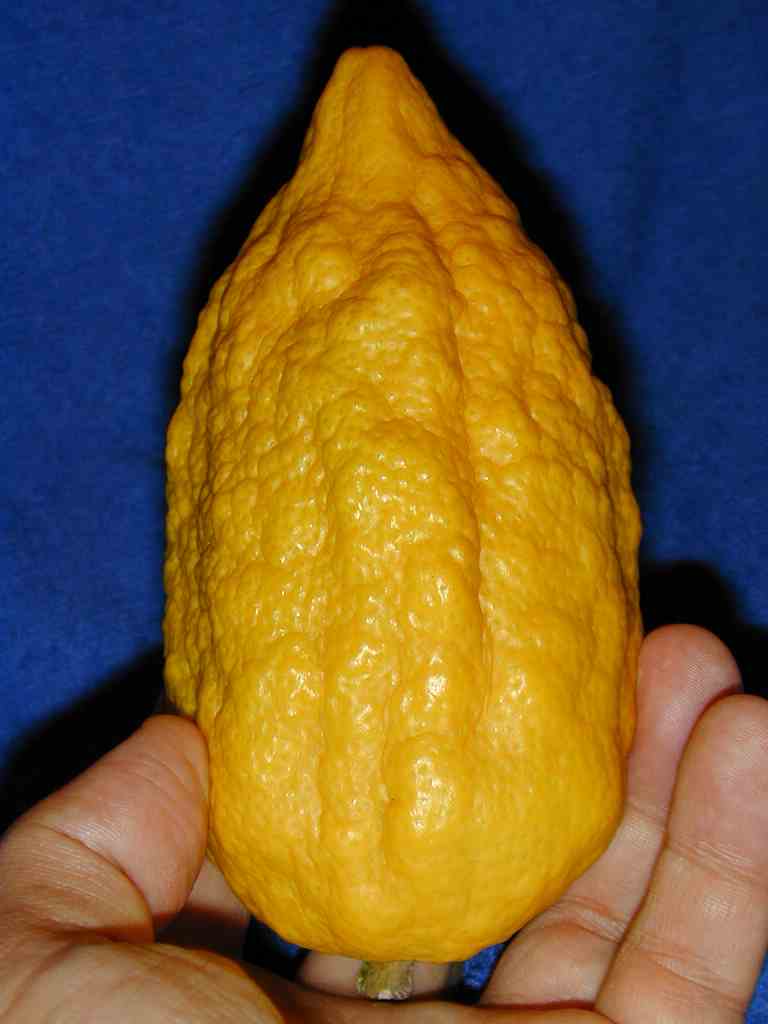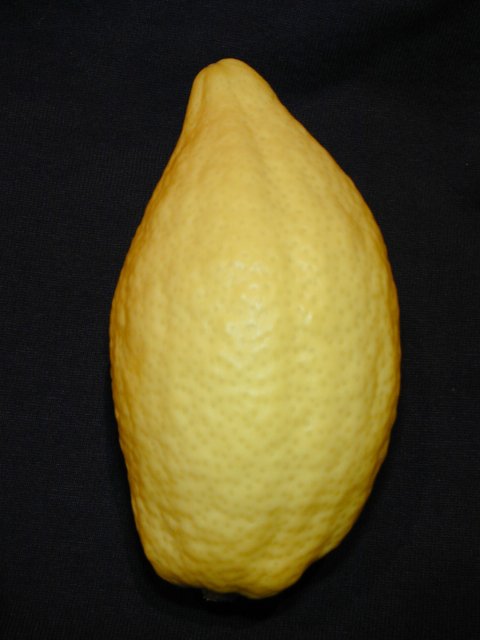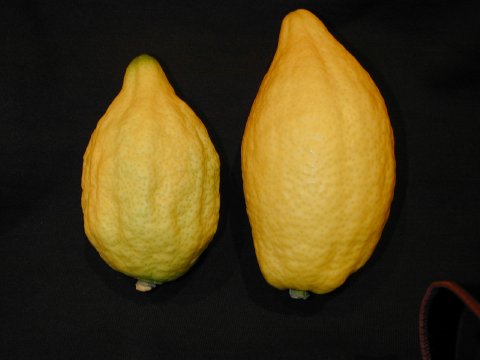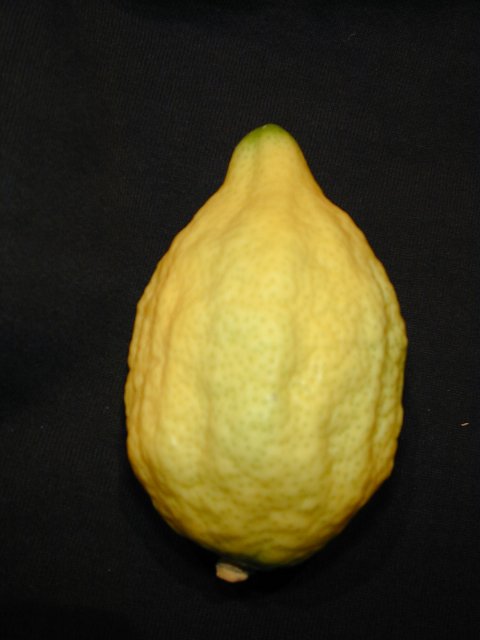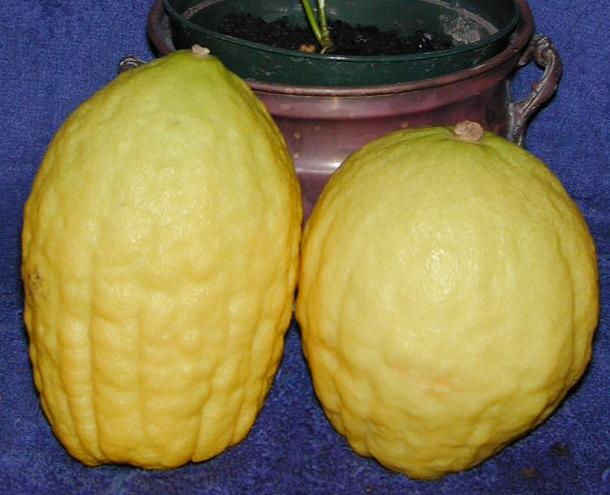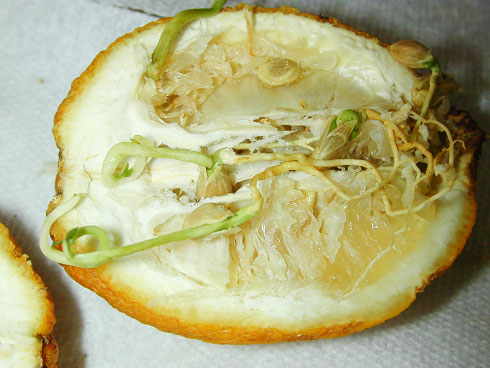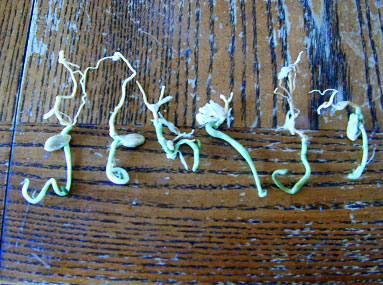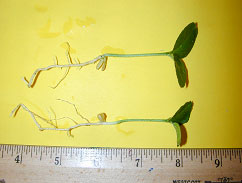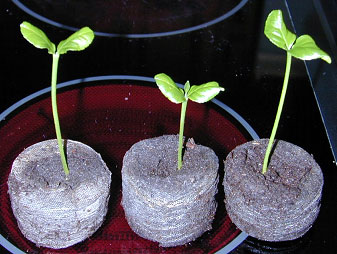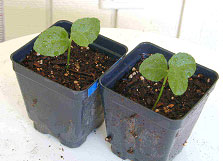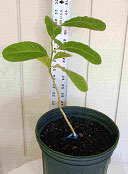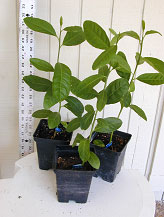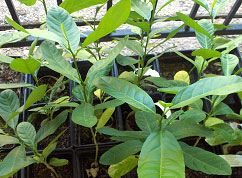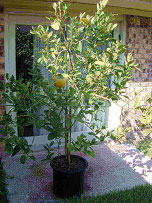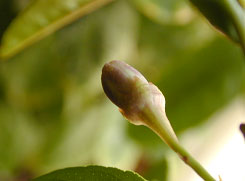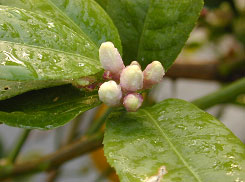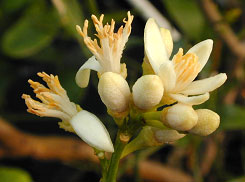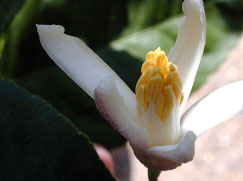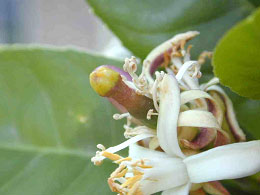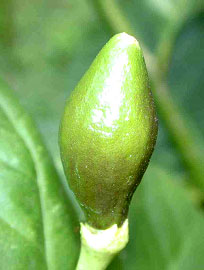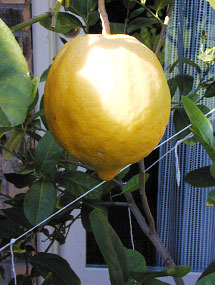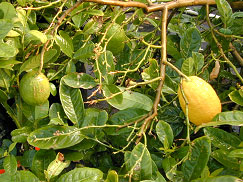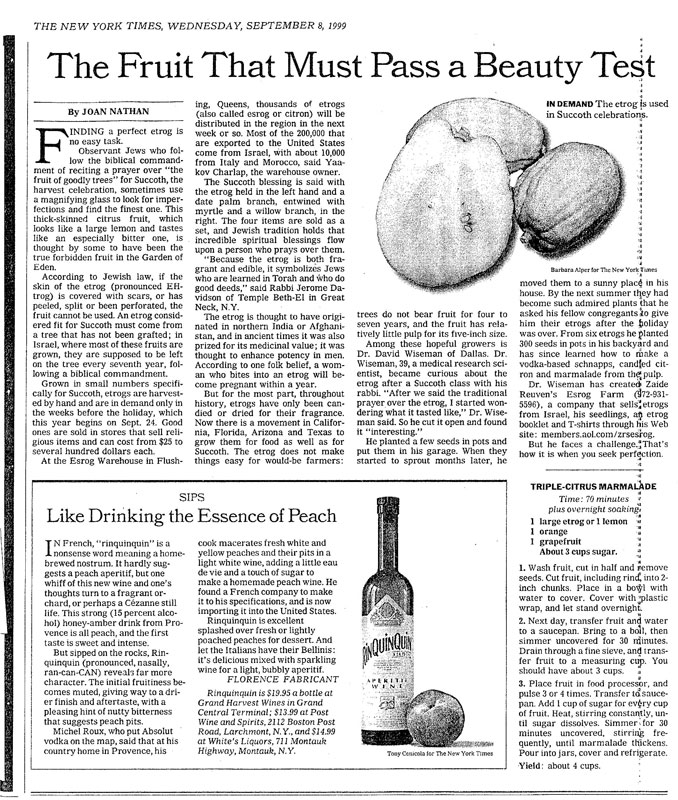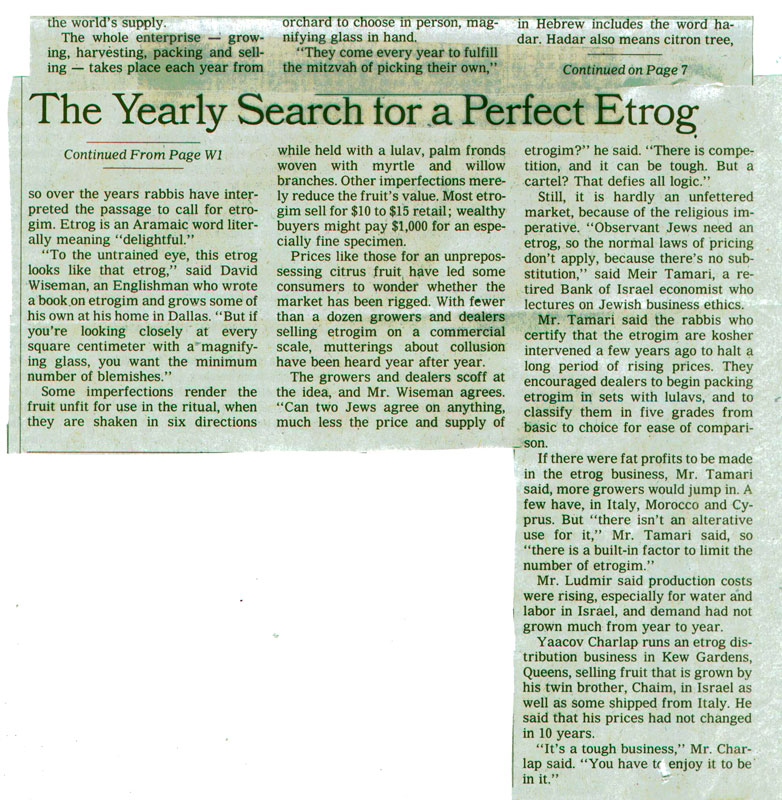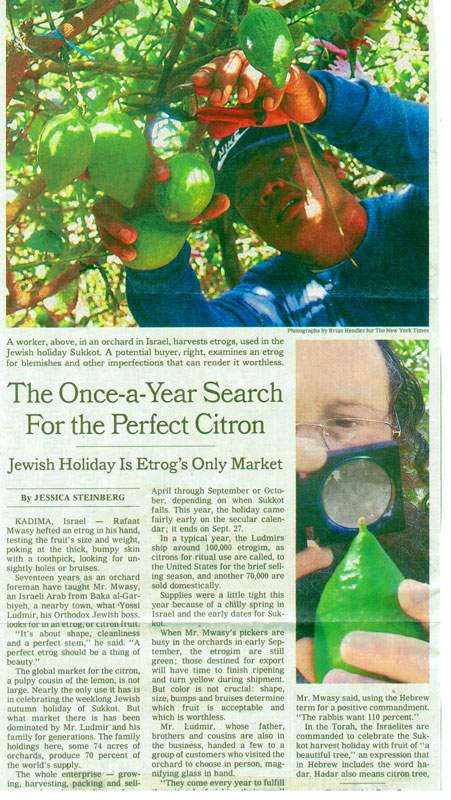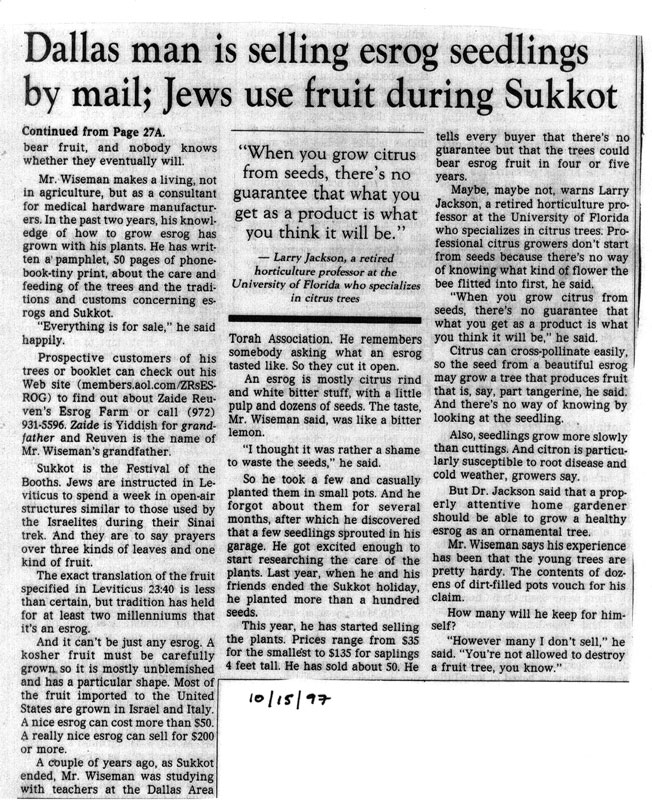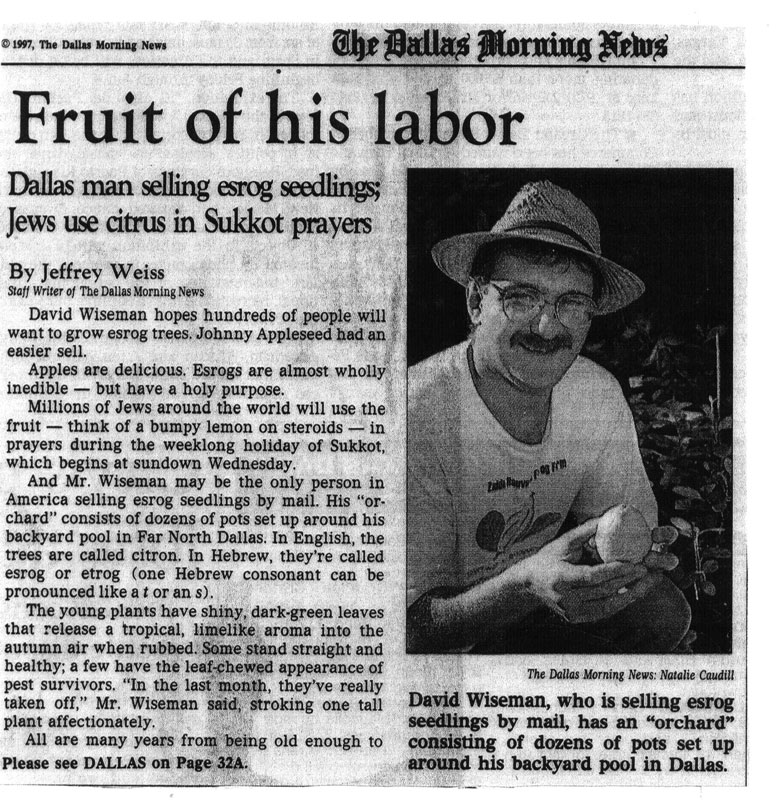IMPORTANT – PLEASE READ REGARDING SHIPPING – 2013 SEASON
Orders placed from Wednesday September 10th 2013 CDT onwards will not be accepted unless confirmed beforehand by direct phone contact – 469 939 5596
Due to the narrow window of time we operate in, we have little margin for error and so in order to ensure you get your lulav and esrog in the best condition and at the best time, we ask that you partner with us by reading and understanding what follows:
- Succos starts the evening of Wednesday 18th September 2013. Lulav bundles must be assembled prior to the onset of Yom Tov, although they will not be used until Monday morning. Please see HERE for assembly instructions.
- Orders placed through THIS web site will be sent out on Monday September 16th 2013 using the overnight service. Aravos should arrive in reasonable condition but we encourage everyone to grow their own locally – click here to see how easy it is. Because of this year’s calendar we will not be offering two day service this year through this web site since the package could arrive after Yom Kippur or Shabbat starts.
- When placing your order, please be sure to supply a valid email address so that we can send you a tracking number. Please also be sure to include your contact phone numbers, including cell phone number.
- Make sure the physical delivery address is a place where someone is available to receive the package at the time it is expected to arrive. ALL PACKAGES will be sent without signature confirmation.
- TRACK your package on the morning of September 17th by going online to www.ups.com or calling UPS at 1-800-PICK-UPS (1-800-742-5877). If your package is not in the system, or if you have not received a tracking number by then, please call us immediately. DO NOT WAIT UNTIL Wednesday 18th September to call us as we may not be able to correct any issues.
- When you receive your package please open it immediately and check it is in good order. If not please call us immediately so that we can take steps to remedy the situation. Please store the willow and myrtle, and the lulav (if possible) in the refrigerator.
- If your package has not arrived by 5pm on Tuesday September 17th, please call UPS. You are responsible for tracking the package again (see step 6) and then calling UPS at 1-800-PICK-UPS (1-800-742-5877). We will not be able to take calls later than noon Central Time on Wednesday 18th September to track packages. If something is missing or damaged we will try to remedy it if you call us before noon Central Time, but we will not guarantee that we can.
Orders placed through our partner The Esrog Grove were sent September 11th by 2 day service. If you ordered through them you must address any problems about delays or other mishaps through them.
As of Friday 13th September, all orders must be placed through THIS web site. Please call us first to make sure we have sufficient quantity – 469 939 5596.

